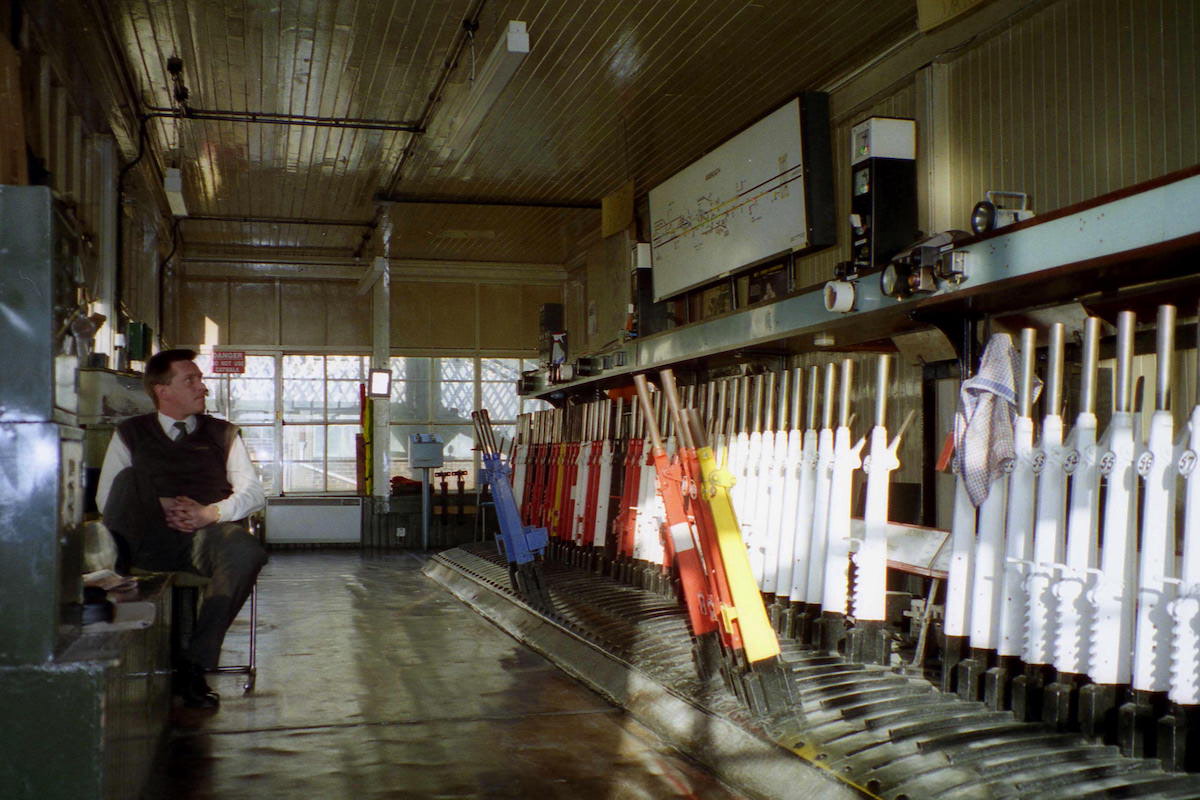Scotland’s railways in the 1980s and 90s held a unique charm. They were a mix of old and new, with the echoes of steam engines mingling with the rumble of modern diesels. At the heart of this changing landscape were the signal boxes. These humble wooden structures, often perched beside the tracks, played a crucial role in keeping trains running safely and on time.
Think of signal boxes as the control towers of the railway. Before computers and fancy gadgets took over, signalmen (and women) sat inside these boxes, pulling levers and flipping switches. Each action controlled the points (which guided trains onto different tracks) and signals (the lights that told train drivers whether to stop or go). It was a demanding job that required sharp eyes, quick thinking, and a deep understanding of the railway’s complex workings.
Signal boxes weren’t all the same. Some were small and simple, with just a few levers, while others were larger and more complex, controlling busy junctions with multiple tracks. Their architecture also varied. Some were plain and functional, while others had ornate details and distinctive features. Each signal box reflected the railway it served and the era it was built in.
The 1980s and 90s saw significant changes in the railway landscape. Technology advanced rapidly, and signal boxes began to disappear. New, centralized control centers took over many of their functions. This shift led to a decline in the number of signal boxes, but it also created a sense of nostalgia for these iconic structures.
Remembering the signalmen
Signalmen were the unsung heroes of the railways. Their work was often overlooked, but it was essential for the safe and efficient operation of the network. They were part of a close-knit community, with their own unique language and traditions. Their dedication and skill helped to shape Scotland’s railway heritage.
While many signal boxes have been lost to time, some have been preserved as museums and historical landmarks. These surviving boxes offer a glimpse into a bygone era and a reminder of the vital role they played in Scotland’s railway history. Visiting a preserved signal box is like stepping back in time, a chance to experience the sights, sounds, and smells of a working railway from a unique perspective.

























